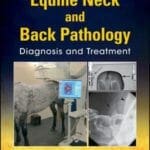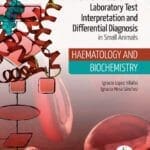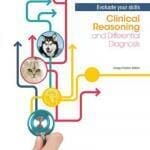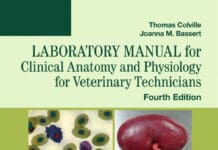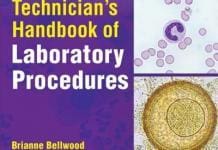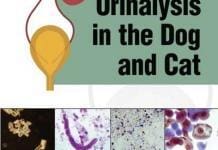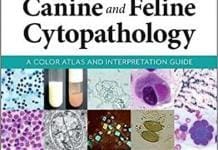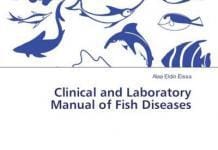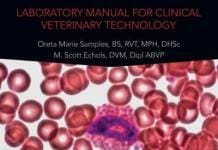Practical Guide to Laboratory Test Interpretation and Differential Diagnosis. Haematology and Biochemistry
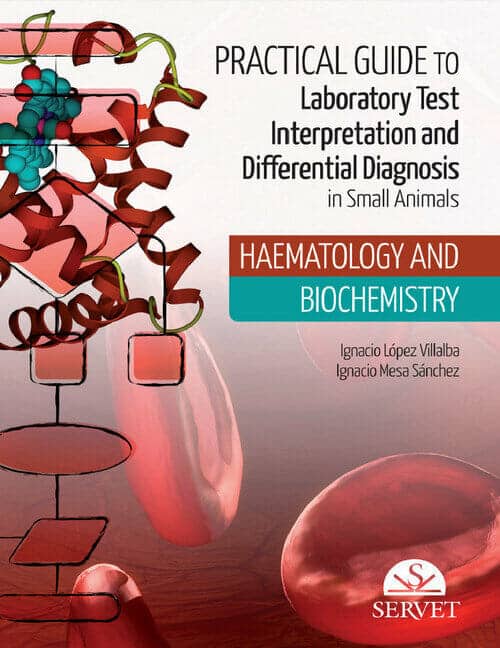
Index of abbreviations
1. Haematology
Additives used for blood sample collection
Blood smear evaluation
Reference ranges for blood smear evaluation
Platelet concentration
Red blood cell abnormalities
White blood cell abnormalities
Systematic evaluation of blood smears
Red blood cell alterations in blood smears
Template for blood smear evaluation
Interpretation of the haemogram
Anaemia
Types of anaemia
According to degree of regeneration
Regenerative anaemias
Semiregenerative anaemias
Nonregenerative anaemias
According to aetiology
Haemolytic anaemia
Anaemia due to CKD
Infectious anaemias
Iron-deficiency anaemia
Anaemia of chronic disease
Diagnostic process to differentiate between iron-deficiency anaemia
and anaemia of chronic disease
Erythrocytosis
Leukogram alterations
Leukogram patterns
Neutrophilia
Neutropaenia
Lymphocytosis
Lymphopaenia
Monocytosis
Eosinophilia
White blood cell alterations
Classification of leukaemias
Lymphoma
Multiple myeloma
Systemic lupus erythematosus
Most common hereditary immunodeficiencies
Hypersensitivity reactions
Alterations of the lymphoid organs and spleen
Lymphadenopathies
Fever of unknown origin
Splenomegaly
2. Haemostasis
Diagnostic techniques
Diagnostic approach
Rapid blood tests
Definitive tests
Diagnostic examination of patient with haemorrhages
Alterations in haemostasis
Petechiae and ecchymosis
Thrombocytopaenia
Hereditary coagulopathies
Acquired coagulopathies
DIC
3. Transfusion medicine: Blood transfusion and blood products
Donor selection
Blood groups
Dogs
Cats
Compatibility tests
Blood products
Transfusion practice
Transfusion reactions
4. Electrolyte abnormalities
Potassium
Hyperkalaemia
Hypokalaemia
Sodium
Hypernatraemia
Types of fluids and Na concentration
Hyponatraemia
Chlorine
Hyperchloraemia
Hypochloraemia
Calcium
Hypercalcaemia
Hypocalcaemia
Phosphorus
Hyperphosphataemia
Hypophosphataemia
Magnesium
Hypomagnesaemia
5. Alterations in acid-base balance
Acidaemia: aetiology and treatment
Alkalosis: aetiology and treatment
Expected compensatory responses to primary acid-base alterations
6. Alterations in serum biochemistry and urinalysis
Kidney disease
Polyuria/polydipsia syndrome
Acute azotaemia (ARF)
Chronic azotaemia (CKD)
Proteinuria
Haematuria
Interpretation of test strips
Interpretation of urinary sediment analysis
Liver disease
Jaundice
Increase in transaminases
Increase in alkaline phosphatase
Increase in bile acids
Increase in ammonia
Clinical and laboratory interpretation in liver disease: summary
Extrahepatic conditions that increase liver enzyme levels: summary
Gastrointestinal disease
Pancreatic disease
Glucose alterations
Hyperglycaemia
Hypoglycaemia
Lipid alterations
Hyperlipidaemia
Alterations in plasma proteins
Hypoalbuminaemia
Hyperglobulinaemia
Proteinogram
Creatine kinase
7. Effusion fluid
Body fluid analysis
Joint disease
Bibliography
You May Also Like:
